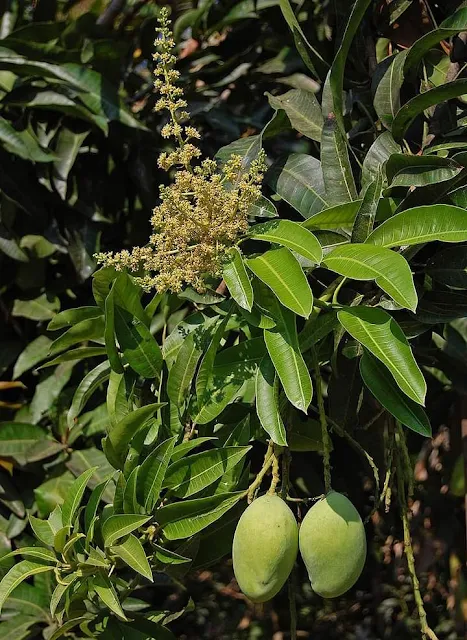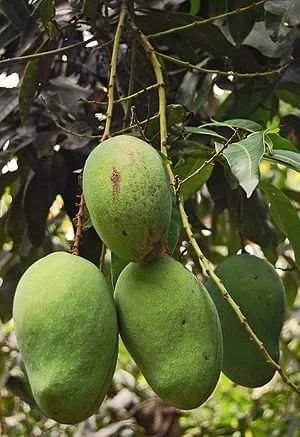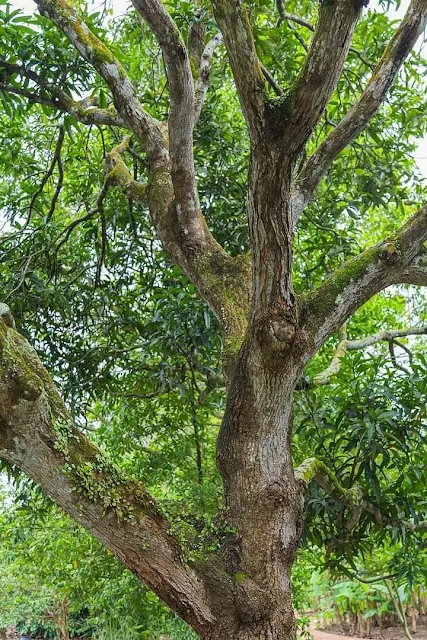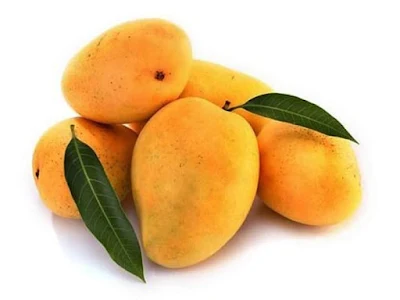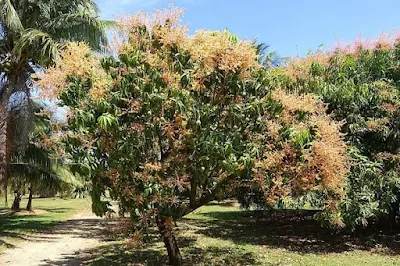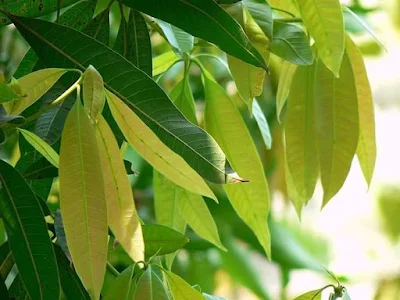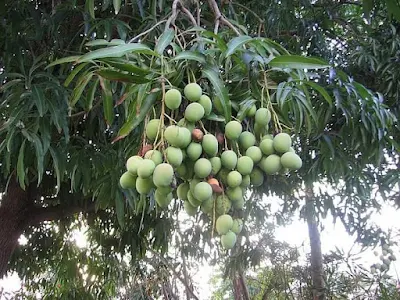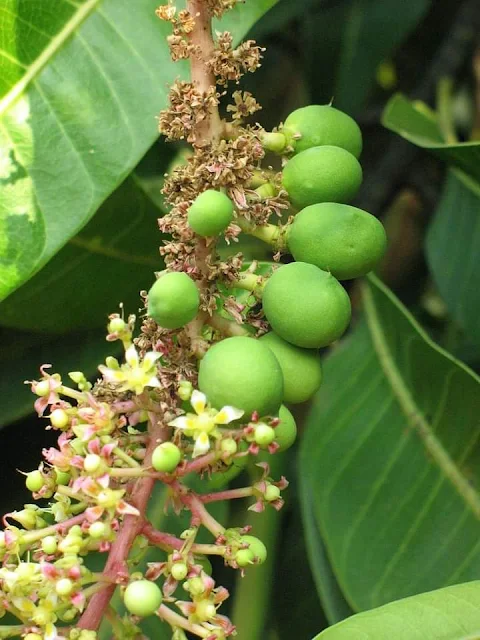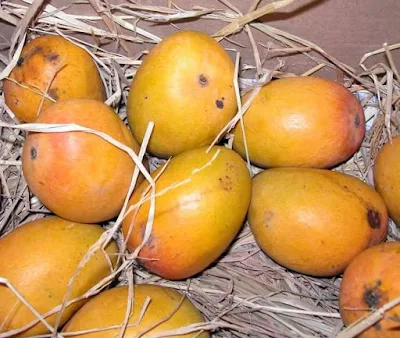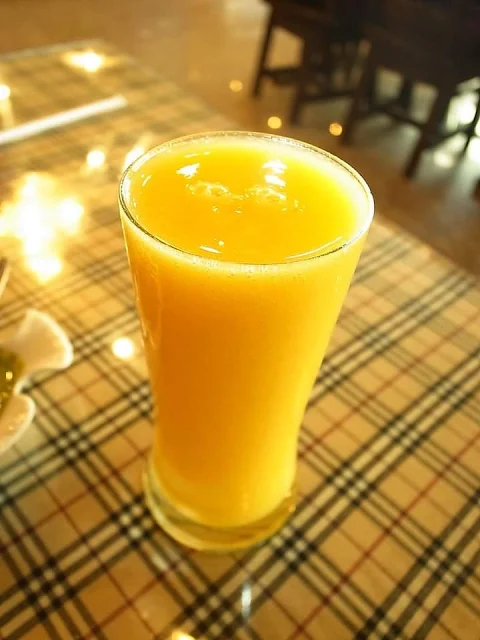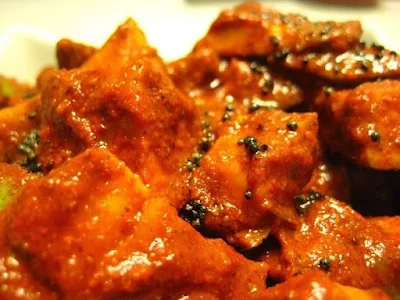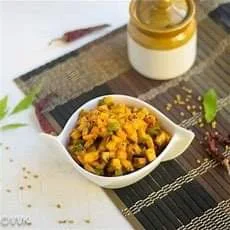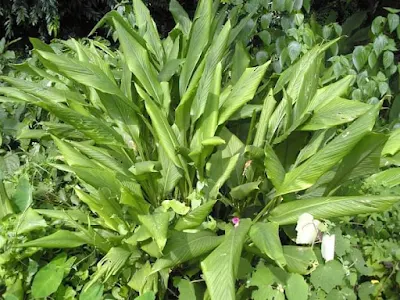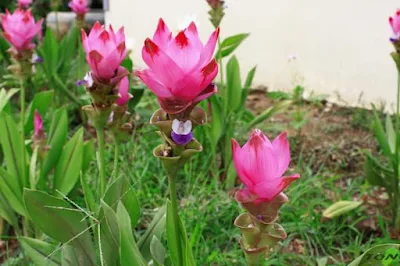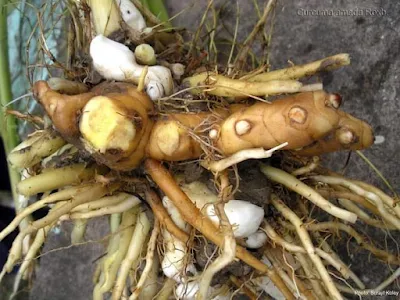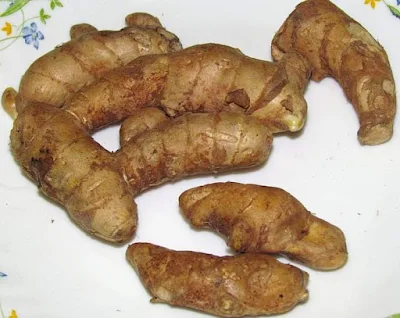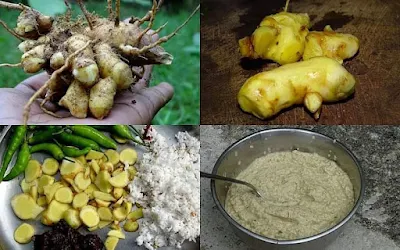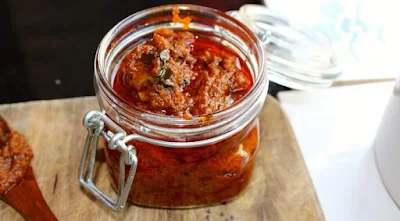Did you know that Mango produced by the tropical Mangifera indica tree is the national fruit of India which is known as “the King of frutis”?
Mangifera indica tree produces Mango, the fruit of Indian subcontinent which is called the “the King of frutis”, and is among the most important tropical fruits of the world. Its mention has been made in Sanskrit literature as “Amra” from Vedic times, and has been cultivated in India since 2000 BC or even earlier. It is the national fruit of India. This flowering plant species belongs to the family Anacardiaceace under the order Spaindales, also botanically known as 'drupe'. The Indian mango, Mangifera indica, is the descendant of a wild tree still found in NE India.
Mango in English is known in Indian vernacular languages as: Amra, Amravrikshaha, Madhavadruma bhringabhishta, Kokilavasa in sanskrit; aam in Hindi and Urdu; Aambo in Gujarath; Maavina mara, Maavu in Kannada; Amram, Mavu, Gomanna in Malayalam; Aamba, Am, Ambo in Marathi; Maamaram, Manga-maram, Mankai in Tamil; Maamidi, Mamidi-chettu in Telugu. The English word mango (plural "mangoes" or "mangos") originated from the Portuguese word, manga, from the Malay mangga, probably ultimately from the Tamil man ("mango tree") + kay ("fruit").
The mango tree is considered sacred both by the Hindus and the Buddhists. Hindus attach great religious significance to this plant, and consider the plant as a transformation of the lord of Creatures, Prajapati, who later beacme the Lord of Procreation or the 'Lord of all creation'. Therefore, on all religious and sacred days, Hindus use its twigs as tooth brushes and its leaves as spoons for pouring libations during yagna sacrifices. Villagers believe in India that the mango tree puts forth fresh green leaves at the birth of a son. So a tradtion is being perpetuated and mango leaves are festooned across the doorways of a house where a son is born. The plant being considered auspiciuos, its leaves are also hung over the doorways of a house where marriage ceremonies are performed, perhaphs in the hope that the young married couple would beget a son. Symbolically, the leaves represent Goddess Lakshmi, good fortune, life. love, and fertility.
The flowers of Mangifera indica are dedicated to the Moon during the Magha month (January/February in the Gregorian calendar) In India's national civil calendar. There are some famous temples in some of the Indian state, such as in the Ekambareshwara temple at Kanchipuram, where legend states that Shiva appeared as Linga, under a mango tree.
In an interesting legend of Vedic times, it is said that Surya Bai, daughter of the Sun god, became a golden lotus in order to escape the persecutions of an evil sorceress. Then the king of the land fell in love with this lotus. The sorceress cindered the lotus to ashes, However, from its ashes sprang a mango tree, and the flower and the fruits both enamoured the King and won his love. When the ripe fruits fell to the ground, Surya Bai emerged from it and was recognised by the King as his long-lost wife.
In Sanskrit literature in 'Abhigyan Shakuntalam' of Indian poet Kalidasa, sage Kanva, Shakuntala's foster father, approving his daugher's choice of Dushyanata as her husband says:
"My child, you found the lover who
Had long been sought by me;
No longer need I watch you; I will give the vine a lover true;
This handsome mango tree."
Further, when Shakuntala was brought to the palace of Dushyanta it is poetically stated that a song was heard behind the scene, which said:
"You who kissed the mango flower,
Honey-loving bee;
Gave her all your passion';s flower,
Ah! so tenderly."
As a Hindu anology in the above two poetic stanzas, the poet Kalidasa juxtasposed images of the mango tree, representing Dushyanta over the vine plant to frail Shakuntala to the God-human soul relationship.
Historically, mango cultivation has been an integral part of history and indigenous culture of the Indian subcontinent. It was recorded in India when Alexander the Great found a mango garden in Indus valley in 327 B.C. The Chinese traveller Huang Tsuang visited India in the first century AD, after which cultivation of mango spread eastwards. He used the name 'an-mo-lo', a phoneticization of the Sanskrit word Amra. Other names for the fruits in most European languages derived from the original Tamil "man-key or man-gay". By the 10th century AD cultivation of Mango Indica had spread as afar west as Persia where it stopped. Amīr Khusrau was an Indo-Persian saint and poet who wrote a poem on Mango as early as 1338 AD. By that time Mango had become a status symbol in India. Mughal Emperor Akbar (1556-1605) planted one lakh mango trees in his garden (bagh) in Darbhanga in Bihar, which was called "Lakh Bagh" meaning 100, 000 trees garden. For a long time the cultivation of mango orchards in India was the prerogative of Maharajas and Nawabs.
From South India, mango was spread by the Portuguese, who took it from their colony in Goa to Africa in the 16th century. It reached Brazil and West Indies in the 18th century and also Hawai, Florida and Mexico in the 19th century. However, India has remained the largest exporter of mangoes and also has very high domestic consumption. The tree, an enormous handsome evergreen, does not grow true from seed but is propagated vegetatively through a technique developed in the 16th century.
The mango motif in Indian textiles is the mango theme which recurs in ancient Sanskrit literature. This motif appeared for the first time perhaps in the 100 B.C., as in the sculptures of Bharhut and again in the famous Ajanta frescoes.
It may be noted that mangoes, from their center of origin, deviated into two genetically distinct populations namely the subtropical Indian group of Mangifera indica and the tropical Southeast Asian group. The Indian group is characterized by having monoembryonic fruits, while the Southeast Asian group is characterized by polyembryonic fruits.
Thus, Mangoes which originated from the region between northeastern India and northwestern Myanmar and Bangladesh, are now cultivated in most frost-free tropical and warmer subtropical climates of the world. In 2021, world production of mangoes was 54.83 million tonnes, led by India with 20.9 million metric tons of the total.
Note: To be continued in the next blog titled "Mango (Mangifera indica) - Part II, Botanical and plantation information"
- Narasipur Char
